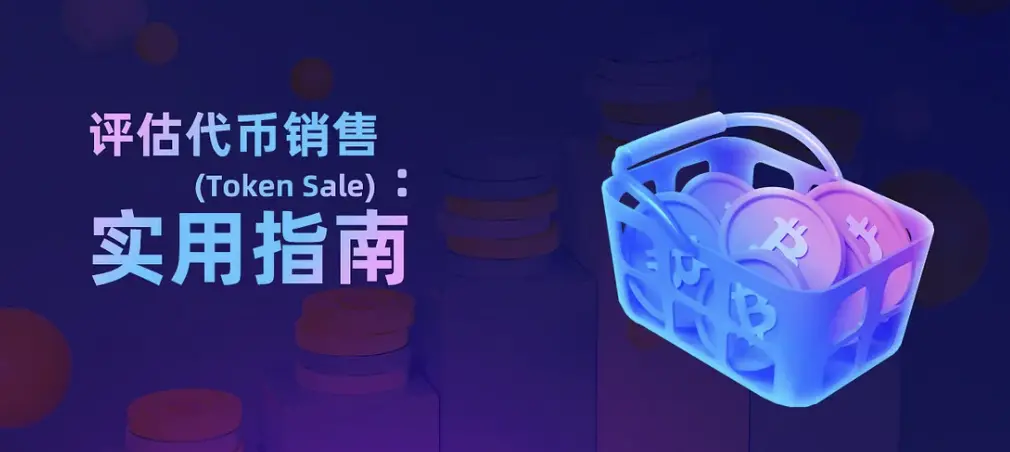Why are established tokens back in the spotlight while new coins lag behind?
We have finally entered a bull market; however, for most market participants who actively built their portfolios during the bear market over the past few years, this bull run has not been very generous. Many younger tokens have performed poorly. Meanwhile, older tokens like $XLM, $XRP, $ADA, $DOT, and $ATOM have shown impressive returns. So what has happened here?
Historically, newer altcoins (those launched less than two years ago since their TGE) have outperformed older altcoins across various time periods. However, this trend has significantly changed in this bull market. For the first time, older projects like $XLM, $XRP, $ADA, $DOT, and $ATOM are leading the market, while newer tokens are lagging behind.

Let’s analyze what this means, the potential reasons behind it, and what it signifies for the future.
Trend Shift
New Capital, Not Rotation
The widespread rise of older altcoins indicates that this trend is not driven by the typical capital rotation within the crypto ecosystem. Instead, it seems to be the result of new capital inflows, likely due to retail investors returning to the market.
Retail Return --- But Differently
There are clear signs that retail interest is rising, as evidenced by the surge in Coinbase app rankings and the increase in crypto-related YouTube views. However, contrary to expectations that returning retail investors would focus on speculative memecoins, the inflows appear to be directed toward mature projects from previous cycles. This may indicate that the current group of retail investors is older, more risk-averse, or familiar with specific altcoins from early bull markets.
Age and Familiarity as Factors
Older altcoins are well-known projects from previous cycles. This suggests that returning retail investors may be aged between 25 and 45 and have some understanding of cryptocurrencies. They may not be familiar with newer narratives like DePIN, RWA, or AI, but instead choose familiar names.
Generational Dynamics
Gen Z participants may discover cryptocurrencies through TikTok or meme-driven content, often having less capital to deploy. This could explain why, despite the market recovery, their memecoins have not seen significant inflows.
Inflation
Another potential factor affecting the poor performance of new altcoins is inflation. Logically, older coins have a higher percentage of circulating supply, so new capital is not diluted by new issuance.
Next, I want to highlight two key factors that significantly impact market performance in any bull market: inflation and retail participation statistics.
Inflation: The Invisible Killer of Cryptocurrency Returns
The ongoing bull market has brought joy to the cryptocurrency market, but it has also highlighted a sobering reality: inflation is eroding your returns. For anyone chasing gains in this cycle, it is crucial to consider the inflation dynamics of the assets you hold.
Let’s break it down with some real-world examples:
In 2021, the price of $SOL reached $258, with a market cap of $75 billion. Today, it still trades at $258, but its market cap has ballooned to $122 billion. What has changed? The circulating supply. Inflation has quietly diluted the value of each token, requiring a larger market cap to maintain the same price.

Here are a few more examples:
$TAO: Market cap surpassed $4.6 billion, but the price has not reached new highs.
$ENA: Market cap is close to its historical peak ($2.12 billion vs. today’s $1.84 billion), but the price has dropped from $1.49 to $1.20.
$ARB: March ATH market cap: $4.6 billion; currently $3.8 billion. March price --- $2.10. Current price --- $1.00.
$SEI: ATH market cap was $2.8 billion, recently $2.25 billion, ATH price was $1.03, currently $0.57.
These are just a few such examples, but there are many more.
The altcoin season may have arrived, but inflation is taking away the potential gains of many assets. As circulating supply increases, more capital is needed to maintain or raise token prices. Holding assets with aggressive inflation plans means you are fighting a tough battle, even in a bull market.
To address this issue, consider the following strategies:
Study tokenomics: Carefully examine inflation rates and token distribution plans before investing.
Diversify wisely: Focus on projects with supply caps or low inflation.
Evaluate real returns: Adjust your return expectations considering inflation.
Inflation is not just a macroeconomic buzzword; it is the silent killer of economic growth.









